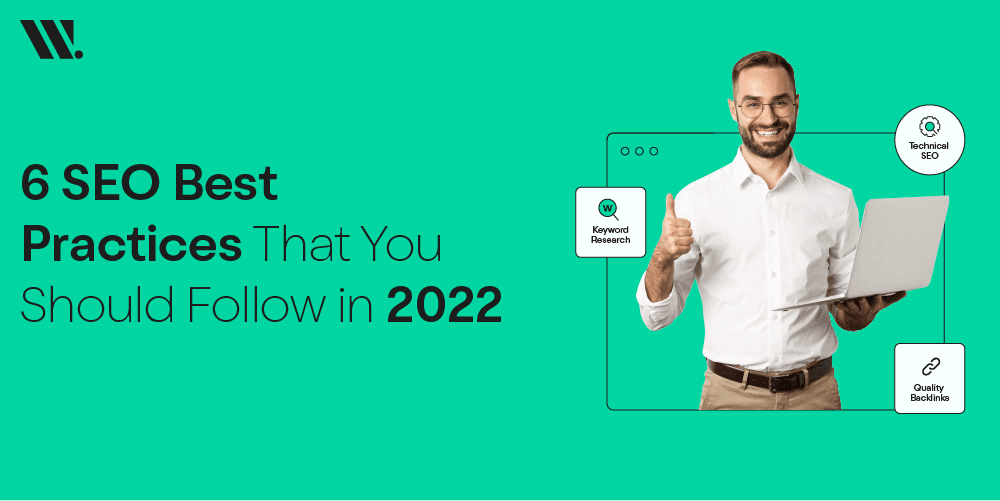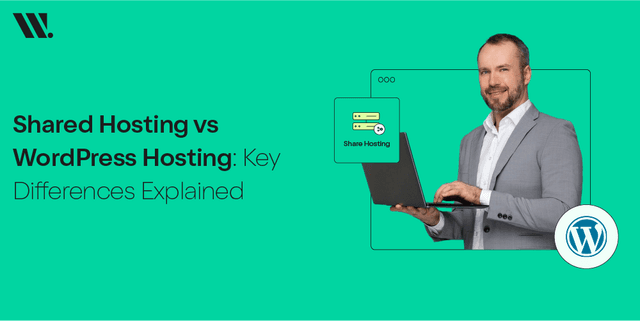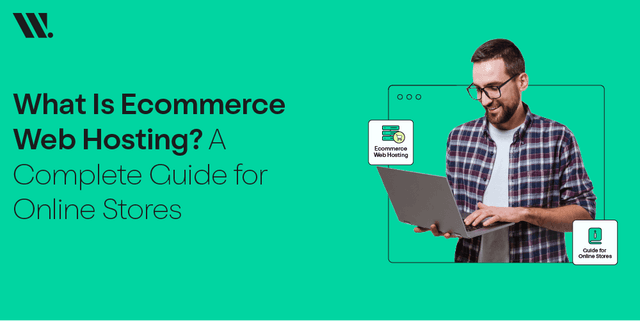Working in the SEO and web content industries can sometimes feel like a never-ending cycle of appeasing Google's algorithm gods. Many SEO-related efforts on the internet may be rendered obsolete in a matter of months. It appears that the Google quality filter must filter everything we create. It's crucial to remember that these adjustments are dictated by Google's systems, dependent on the user's experiences.
Because of client search activity, search rankings now take into account even more aspects. Today's SEO best practices will be obsolete in a month or two, depending on Google search-related changes. While SEO plays an essential role in YouTube marketing as well, we will discuss the website optimization in our article. You'll become accustomed to the ever-changing dynamic if you stay close to the Search Engine Optimization information loop.
We're here to remind you of what works and what needs to be changed.
1. Optimize Your SEO Strategy
SEO optimization is a critical component in all types of online marketing. For example, a Facebook campaign or a Kickstarter campaign and every other eCommerce store must depend on this strategy to improve its reach.
For individuals who aren't familiar with the industry, SEO will be a perplexing task. It necessitates keeping up with the most recent online search techniques. You'd assume it's all about finding the correct keywords, but that's not the case anymore. It is crucial now to optimize the use of keywords. That, as well as your SEO strategy, will need to be updated.
It now entails gaining a better understanding of who your clients are and what they are looking for.
The more favored your product or service is, the more critical it is for you to stand out in their searches. It would work best if you considered what other situations, factors, and variations are present. All popular eCommerce platforms consistently keep tabs on this strategy, a key ingredient in driving their sales upwards.
You can better hit your target markets by being more specific and adding other search terms. Longer search strings with additional related keywords are more effective. Many searches now include more terms with relevant additions in the row, so take advantage of this.
2. Make Use of the Correct Keywords
Whether it's SMS content or email content, or any other content per se, consider using different keywords relevant to your industry or business. Consider doing some keyword research and narrow your focus. Unless aliens abduct all of your online competitors, you must remember that your keywords may take you to your competitors if you are not specific. This will help successfully complete your mass texting campaign and create proper email messages.
70% of today's searches include at least four or more terms. People are becoming more precise and providing more personalized information. Longer search strings improve your online presence's rating.
Let's take the keyword "cat food" as an example. Larger companies and popular sites can provide hundreds of thousands of results. You have little chance against these more significant players.
But what if we hacked the keywords even more to meet the specific terms? Calico cat food in X city or organic Calico cat food in X city. These additions are now exact terms, such as geography and variations, that may all be tailored to your company or brand. This is where local SEO enters the picture. One can use it to associate your location with specific user searches.
When in a meeting, you never know when a team member suggests a particularly suitable keyword for your product or service. So, consider taking meeting notes, as they can also come in handy to come up with the correct keywords for your business.
3. Make the Most of Your Business Location
Businesses with a physical presence and a well-optimized website perform better when leveraging location and local SEO methods. Around 76% of people who used a geographical term in their internet search went to the business the same day. A total of 28% made a purchase. Therefore, their searches are more detailed, but they also have to be in the closest location. For more efficiency, ensure proper website protection and great user interface.
Adding specific towns and localities to search strings, as well as the phrase combinations "nearby" or "near me," is common. In both real estate and SEO real estate, location is crucial. Make this vital SEO addition work for your physical store as well.
Additionally, update your Google My Business information with your current location and contact information. This will come in handy as you place your business information in your SaaS email templates, social media accounts, and other platforms. Customers in your area can be found through searches that include both particular and general areas. You may use the same strategy to show up on location-related searches if you have any Google advertisements.
4. Prioritize Your Site's and Search Engine Rankings
Yes, Google site rankings and site performance must remember the data. But don't forget that getting to the top of search results is still important. This is the purpose of a website, and these additional reminders can assist you in doing it.
You may advertise your business with Google ads for items and Google local services ads in addition to SEO. This will place your direct adverts in the top search spots by both services. Because these advertisements are PPC (pay-per-click or pay-per-lead), you can even watch client behavior.
The higher your position, the more organic clicks you'll get from people searching online. Moreover, if you start an email marketing campaign, make sure to check SPF records for high email deliverability. The top rank on Google receives roughly 32% of all clicks, which is everyone's aim. As always, you must include mobile users in your optimization efforts. They still account for the majority of visitors to your websites.
5. Always Keep the Mobile Crowd in Mind
Having a web application is not the same as having a mobile application for your business. There is a fast increase in the use of mobile applications relative to web applications.
Now is the ideal time to focus on mobile site optimization if you haven't already. Mobile users account for over 52% of all online traffic. Google will even put your mobile site through its paces. Even if your content is excellent, your quality scores will suffer if mobile customers have a poor user experience on your website.
You must create a responsive website that can be accessed from any device. As a result, you'll be able to reach a larger audience.
6. Getting Ready for the Future of SEO
Some of the changes in SEO are being driven by mobile phones. Existing technology advancements are allowing people to do more and more things. For example, SEO is now linked to voice searches on intelligent devices.
To date, 75% of voice search results for the exact phrases will appear in the top three Google search results. Therefore, adjustment and adaptation, like other SEO strategies, are critical. Whatever advancements voice searches make in the future, SEO for voice search keywords will be a part of it.
You should make additional changes to your website to be found in voice searches. In addition to site loading speed and optimization, you must secure your site with an SSL certificate. It will enable your site to use the HTTPS standard, making secure voice searches easy to process.
Sites are already optimizing content for voice search. It entails different keyword requirements that aren't too dissimilar from current keyword-building strategies. Catching up with the podcast trends is one of many ways to glance at viral keywords that can be useful for optimizing content for voice search.
SEO Best Practices in 2025: Staying Ahead in the AI-Driven Era

The SEO scene in 2025 is not recognisable compared to a couple of years ago. Today, search engines based on AI and machine learning value user experience, genuine content and context rather than just keyword density.
If businesses wish to rank higher, they’ll need to adopt smarter SEO strategies that use data more effectively and are more in line with Google’s constantly changing algorithms and user requirements.
AI-Driven Content Optimization
SEO strategies are not the same. By 2025, AI-powered tools will assist marketers in analysing the intent of a user, generating insights, and creating content in line with Google’s EEAT (Experience, Expertise, Authoritativeness and Trustworthiness) guidelines. These tools help with more than just the writing; they predict search behaviour, suggest structure, and ensure semantic fit across all content.
Entity-Based and Semantic Search
These are the days when ranking factors swing on specific keywords. Google is now an entity-based, topic-sensitive information retrieval system. This, in turn, means websites have to establish topical authority by developing linked-content clusters that cover topics (vs keywords) versus specific terms standing alone.
UX as a Rank Signal
In fact, the search engines are now more experience-focused. Rankings are impacted by Core Web Vitals 2.0 metrics. Hence, fast and easy-to-navigate sites are not just good for user experience; they also affect search visibility directly.
Search Generative Experience (SGE) Optimization
With Google’s SGE (Search Generative Experience) already running, the optimization efforts will have to be towards structured data, entities and AI summaries. Content must be in depth, accurate and contextually robust to qualify for SGE results, a fact which makes schema markup and semantic relationships crucial.
Local SEO and Trust Signals
Local SEO is no longer just about “near me” searches. AI-fueled local rank systems that will be in 2025 determine brand trust through reviews, mentions of a business and quality entered audience engagement. Employers need to prioritise customer experience and ensure digital marketing listings are consistent in order to grow local authority.
Visual and Multimodal Search Optimization
Search isn’t just words anymore. Multimodal searching, wherein users enter queries in both voice, image, and text, is now mainstream. Image, video and structured data optimization are essential. With visual-first indexing, metadata, captions, and alt text will be even more important in terms of discovery.
Link building to Brand Building
Instead of doing what’s considered standard link-building campaigns, we’re trying to become an authority of a brand. Today, off-page SEO success is powered by high-quality mentions, digital PR, and reputation management. Google is placing more and more emphasis on real brand equity and authorship over mass linking and link spam.
Human-Centric, Helpful Content
Google’s Useful Content Process makes certain that websites that offer authentic expertise, first-hand experience or original data are rewarded with the highest rankings. It’s not enough to be optimized in 2025, your content will need to be trustworthy, experience-backed and actually helpful. Human intervention and verification of authenticity are the secrets of long-term ranking durability.
SEO Best Practices Comparison: 2022 vs 2025
| SEO Aspect | 2022 Best Practice | 2025 Updated Practice | Key Change / Trend |
|---|---|---|---|
| SEO Strategy Optimization | Focused on keyword use, audience understanding, and search intent. | Includes AI-assisted optimization, EEAT principles, and helpful content compliance. | Expansion to AI-driven, intent-based optimization. |
| Keywords & Search Intent | Use of long-tail, location-specific keywords. | Semantic and entity-based search dominates; clusters are prioritized. | Entity-based SEO replaces traditional keyword stuffing. |
| Local SEO | Google My Business and “near me” optimization. | AI-driven local ranking systems and review quality signals matter more. | Local trust and authority now outweigh keyword proximity. |
| Rankings & Technical SEO | Focus on ranking factors, PPC, and mobile optimization. | Core Web Vitals 2.0 and UX engagement metrics impact rankings. | Ranking is tied directly to UX and behaviour. |
| Mobile Optimization | Responsive and fast-loading sites. | Adaptive layouts, interaction speed, and INP/CLS metrics critical. | UX metrics now integral to mobile SEO. |
| Voice Search | Emerging trend for conversational keywords. | Fully integrated into multimodal search (voice + visual). | Voice search evolves into multimodal AI search. |
| Content Quality | Emphasis on readability and keyword optimization. | EEAT and Helpful Content guidelines define rankings. | Authentic, experience-backed content prioritized. |
| AI & Automation | Minimal use in optimization. | AI-assisted SEO and automation standard practice. | Automation becomes central to SEO management. |
| Search Generative Experience (SGE) | Not applicable. | AI Overviews and entity-rich results dominate SERPs. | Optimization shifts toward AI-driven SERP visibility. |
| Link Building | Backlinks from directories and blogs. | Brand mentions, digital PR, and topical authority are valued more. | Focus shifts from link building to brand credibility. |
| Video & Visual SEO | Limited consideration. | Visual-first indexing, metadata, and captions prioritized. | Video and image optimization is essential. |
Conclusion
The field of SEO is continually evolving. It brings with it a lot of dramatic changes and a lot of new things to discover. These outcomes are always the result of the customer's search. And you'll obtain better outcomes if you adapt to changes in the field regularly. The main goal is to maintain a high rating by utilizing and capitalizing on the system.
The internet is a dynamic environment. Its underlying technology is progressing at a faster rate than ever before. If you stay on top of these changes and adapt, your company can remain competitive. With every breakthrough in SEO, you should continue to evolve. It's a significant commitment. Designing websites that are adaptable and dynamic and finally keeping up with the latest trends.






